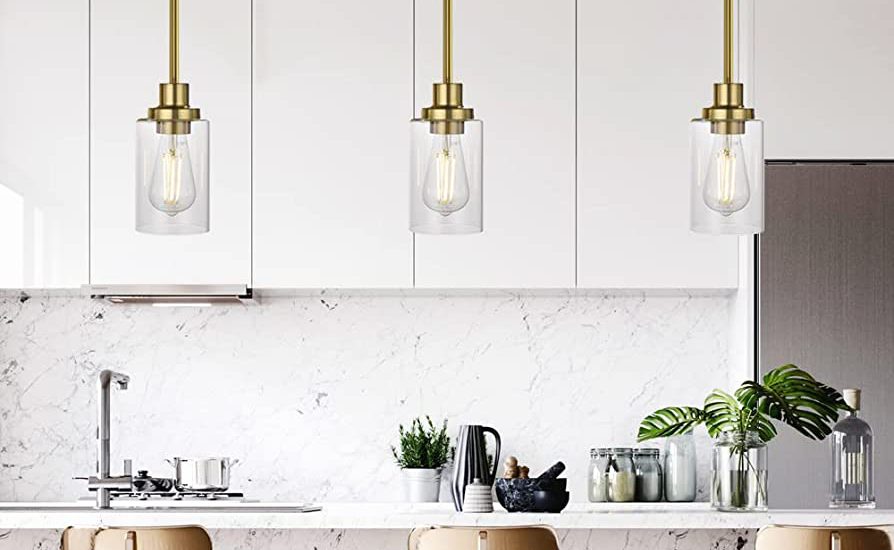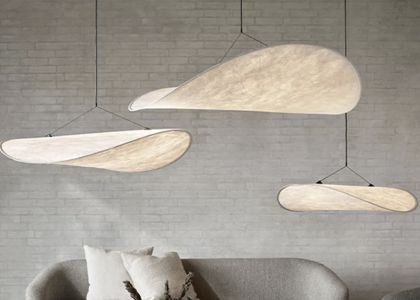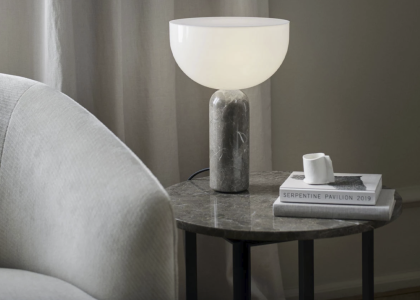Introduction
The kitchen is the heart of any home, and it’s important to have proper lighting that not only enhances its function but also elevates its style. The right lighting can transform your kitchen from a dull, uninspiring space to a warm, welcoming room where you love to spend time. In this guide, we’ll explore how to choose the right lighting for your kitchen and explore some design ideas to help you create the perfect ambiance.
Types of Lighting
There are several types of lighting to consider when planning your kitchen lighting.
Ambient Lighting
Ambient lighting provides overall illumination and serves as the foundation for your lighting plan. It can be achieved through recessed lighting, track lighting, or ceiling-mounted fixtures.
Task Lighting
Task lighting is focused and localized, designed to illuminate specific areas where you need bright, clear light for tasks such as chopping vegetables, reading recipes, or washing dishes. Examples of task lighting include under-cabinet lights, pendant lights, and adjustable track lighting.
Accent Lighting
Accent lighting is used to highlight specific features in your kitchen, such as art, architectural elements or kitchen cabinets. It can be achieved through spotlights, track lighting, or in-cabinet lighting.
Creating a Lighting Plan
Now that you know the different types of lighting available, it’s time to create a lighting plan for your kitchen.
Determine Your Needs
Start by identifying the different activities you perform in your kitchen, and the areas where you need light the most. For example, you may require task lighting over your sink or stove, while ambient lighting can provide overall illumination for the entire room.
Placement and Height
The placement and height of your lights are crucial to their effectiveness. Recessed lighting should be placed 24-30 inches apart and about 18 inches away from the wall to provide even illumination. Pendant lights should be hung 30-36 inches above the counter to avoid glare.
Dimmer Switches
Adding dimmer switches is an easy way to control the ambiance of your kitchen. Dimmers can be added to any type of lighting, allowing you to adjust the intensity of your lights depending on the time of day or mood you want to create.
Kitchen Lighting Design Ideas
Here are some design ideas to inspire you when creating your perfect kitchen lighting scheme.
Highlight Your Backsplash
If you have a beautiful tile backsplash, highlight it with under-cabinet lighting. This will not only provide task lighting, but it will also make your backsplash stand out and add a decorative element to your kitchen.
Create a Focal Point With Pendant Lighting
Pendant lighting is a popular choice for kitchens as it provides both task and ambient lighting while adding a decorative touch. Use pendant lighting to create a focal point in your kitchen, such as above an island or dining table.
Light Up Your Cabinets
Add in-cabinet lighting to illuminate your dishes and glassware. This not only adds a decorative element but also makes it easier to find what you need.






